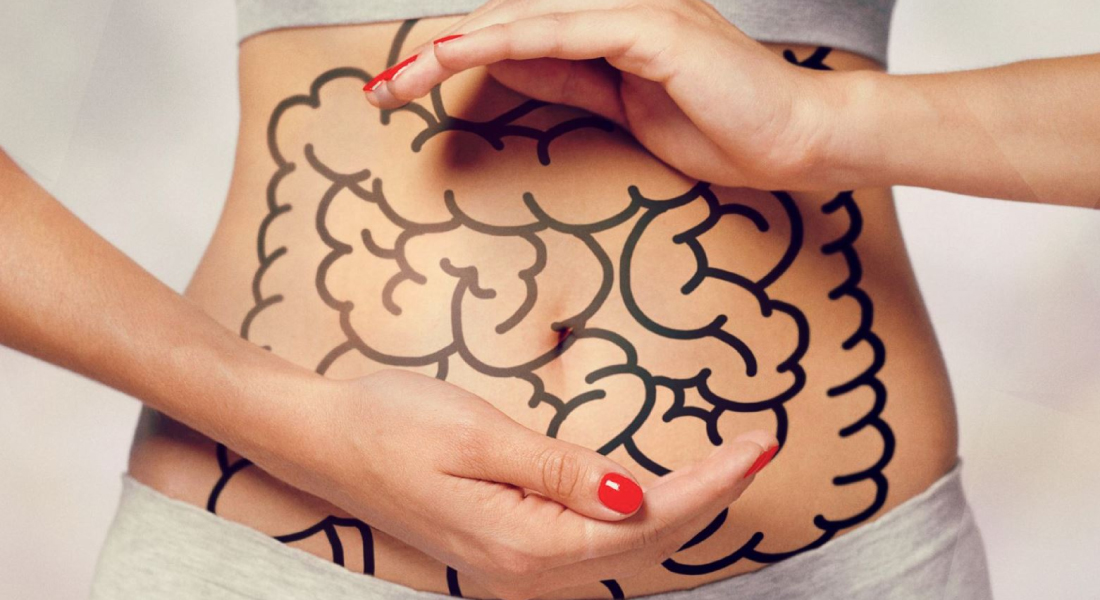How to create an artificial gut
An artificial bowel could potentially treat many severely disabling diseases. Now researchers from the University of Copenhagen have improved understanding of how to create various parts of the intestine.

Based on a story by Kristian Sjøgren, published in Science News https://sciencenews.dk/en
Cancer of the small intestine as well as inflammatory bowel disease are debilitating diseases, which may require surgical removal of large sections of the intestine. This can lead to short bowel syndrome, where people cannot absorb enough food via the small intestine and must therefore obtain nutrients intravenously for the rest of their lives.
For years, doctors have been dreaming of creating artificial sections of small intestines for people with short-bowel syndrome. This is a great challenge, but there may be hope on the horizon. New research shows how to create the required components of the small intestine.
In the study, published in Nature Communications, researchers discovered how specific genetic factors activate intestinal cells during fetal development to form villi: small, finger-like projections through which the small intestine absorbs nutrients.
“We want to use this knowledge to create an artificial small intestine that we can study in the laboratory, and following transplantation test the intestine in animal models for its function,” explains a researcher behind the study, Kim Bak Jensen, Professor, Novo Nordisk Foundation Center for Stem Cell Medicine (reNEW), University of Copenhagen.
Absorbing nutrients requires structure in the small intestine
The main function of the small intestine is to absorb nutrients from the food we eat. This happens through the surface of villi where cells uptake minerals and transmit them through the blood to the rest of the body.
Villi are thus an essential part of the small intestine, and the researchers discovered how they are formed during fetal development.
“Creating an artificial small intestine requires that we understand how villi are formed in distinct patterns and densities during fetal development. Insight into signalling molecules that promote villus formation is a prerequisite to provide a surface upon which cells that absorb nutrients can be retained,” says Kim Bak Jensen.
Signalling pathways create villi
The researchers used mouse fetuses to examine the cells of the intestinal wall. They specifically examined the genetic expression in epithelial cells – the outermost layer of the intestinal wall – and in the cell layers just underneath.
The analysis showed that epithelial cells had very high activation of a specific signalling pathway, the so-called Wnt pathway.
According to Kim Bak Jensen, Wnt has an important role in maintaining a functional small intestine, as it is a necessary factor for the epithelial cells that renew the small intestinal epithelium throughout life.
The researchers found that Wnt also has an essential role in creating villi.
During fetal development, Wnt induces the epithelial cells in the intestine to secrete another signal protein that causes the neighbouring cells both within the epithelium and in the layers underneath the epithelium to form villi.
“This is important new knowledge for creating an artificial small intestine based on the individual components. You can imagine making a scaffolding around which you build the small intestine. At some point, you want the cells in the artificial small intestine to create villi, and this can be achieved by adding these signalling proteins to the right cells at the right time. This means that you can potentially generate an artificial intestine with villi and villus cells in one place and the cells responsible for the long-term maintenance of the epithelium in another location. This will ensure that the intestine will maintain its functionality even after being transplanted into people,” explains Kim Bak Jensen.
“One could think of the interplay between Wnt and Shh signalling in intestinal development as the life of a parent. Us parents (Wnt) want the child (intestinal villus) to grow up big and strong so they could execute their full potential (to absorb nutrients from digested food). Therefore, often we recruit older siblings (Shh) to help us in raising the child. Sometimes when the parents are working long hours (we inhibited Wnt signalling...) then we can ensure the continuous upbringing by giving older siblings more responsibility (…while upregulating Shh)." Describes first author, post doctoral scientist, Martti Maimets
Martti Maimets main research interests are the behaviour and contribution of microenvironment to stem cell fate, especially in the context of development as well as aging.
Research continues
Kim Bak Jensen hopes that this discovery can help researchers to start the first attempts in creating an artificial small intestine.
However, this is a very slow process in which the researchers will initially study the artificial small intestines in the laboratory before experimenting with transplantation into animals.
The big question is when all this might become relevant to people.
“Wnt signalling is conserved across all animal species, so we assume that this signalling pathway also plays the same role in humans. We hope that it will be possible to perform similar experiments with intestinal tissue from human embryos but accessing such material is significantly more difficult as numerous ethical considerations must naturally be addressed in connection with such experiments,” concludes Kim Bak Jensen.
Maimets, M., Pedersen, M.T., Guiu, J. Dreier, J., Thodberg, M., Antoku, Y., Schweiger, P. J., Rib, L., Bressan, P. B., Miao, Y., Garcia, K. C., Sandelin, A., Serup. P., and Jensen, K. B. Mesenchymal-epithelial crosstalk shapes intestinal regionalisation via Wnt and Shh signalling. Nature Communications, 13, 715 (2022). doi: 10.1038/s41467-022-28369-7.
About the Jensen group: https://renew.ku.dk/research/reseach-groups/jensen-group/
Link to the original story: https://sciencenews.dk/en/how-to-create-an-artificial-gut
Topics
Contact
Professor Kim Bak Jensen, kim.jensen@sund.ku.dk
The Jensen group: Our cellular fortress
https://renew.ku.dk/research/reseach-groups/jensen-group/
